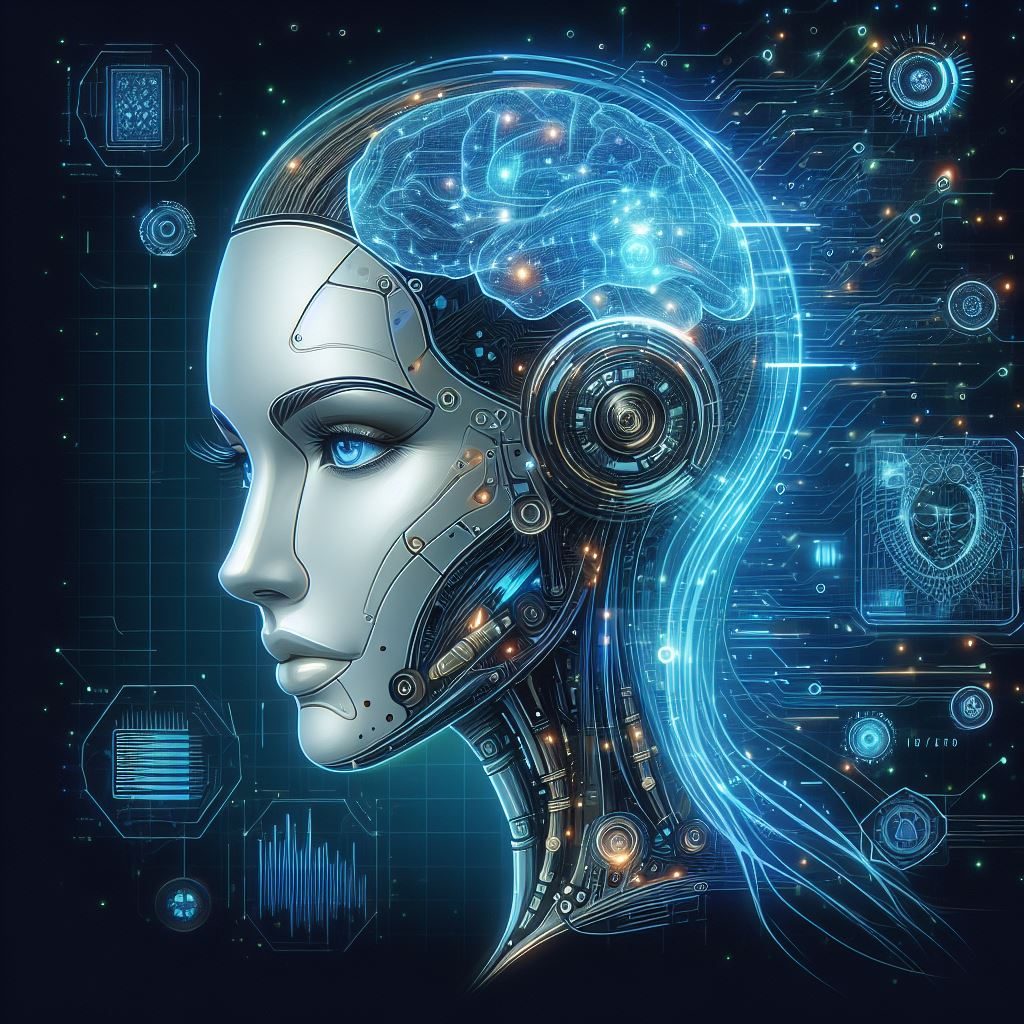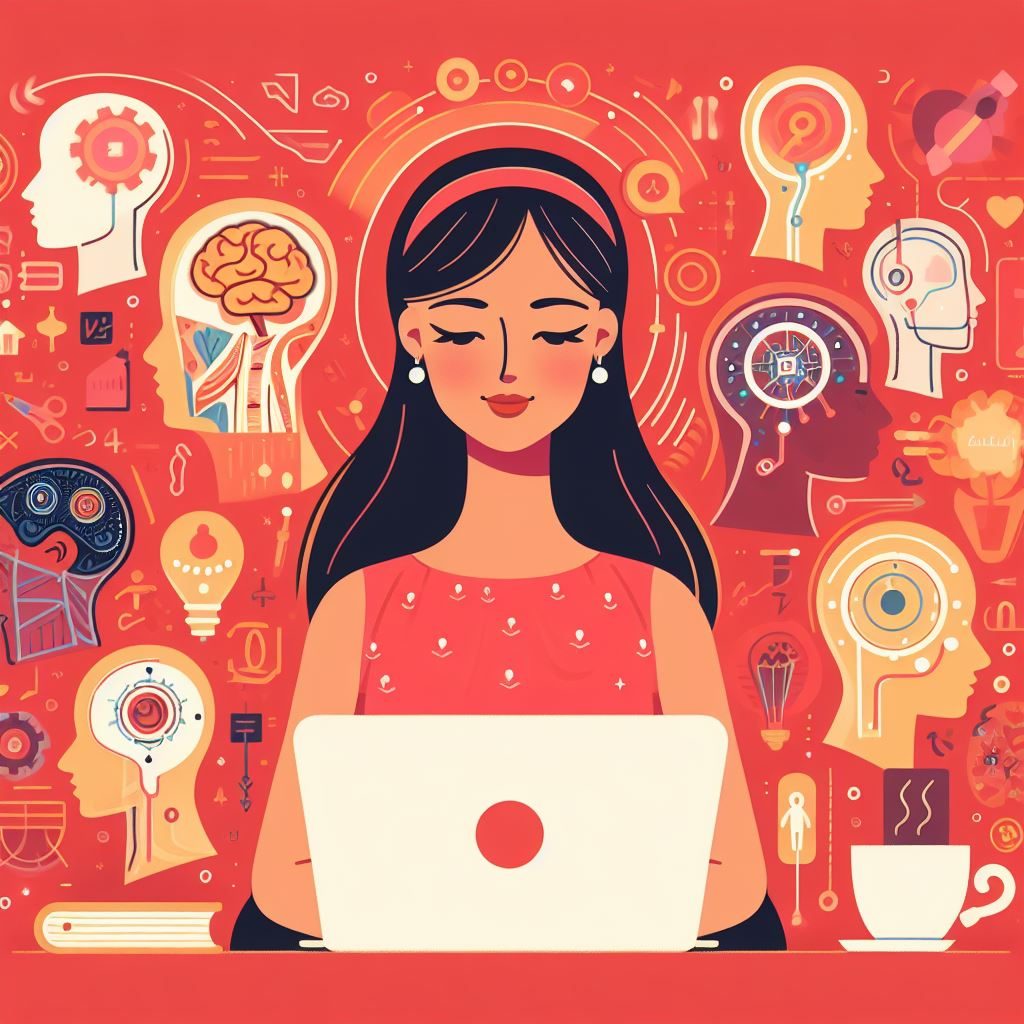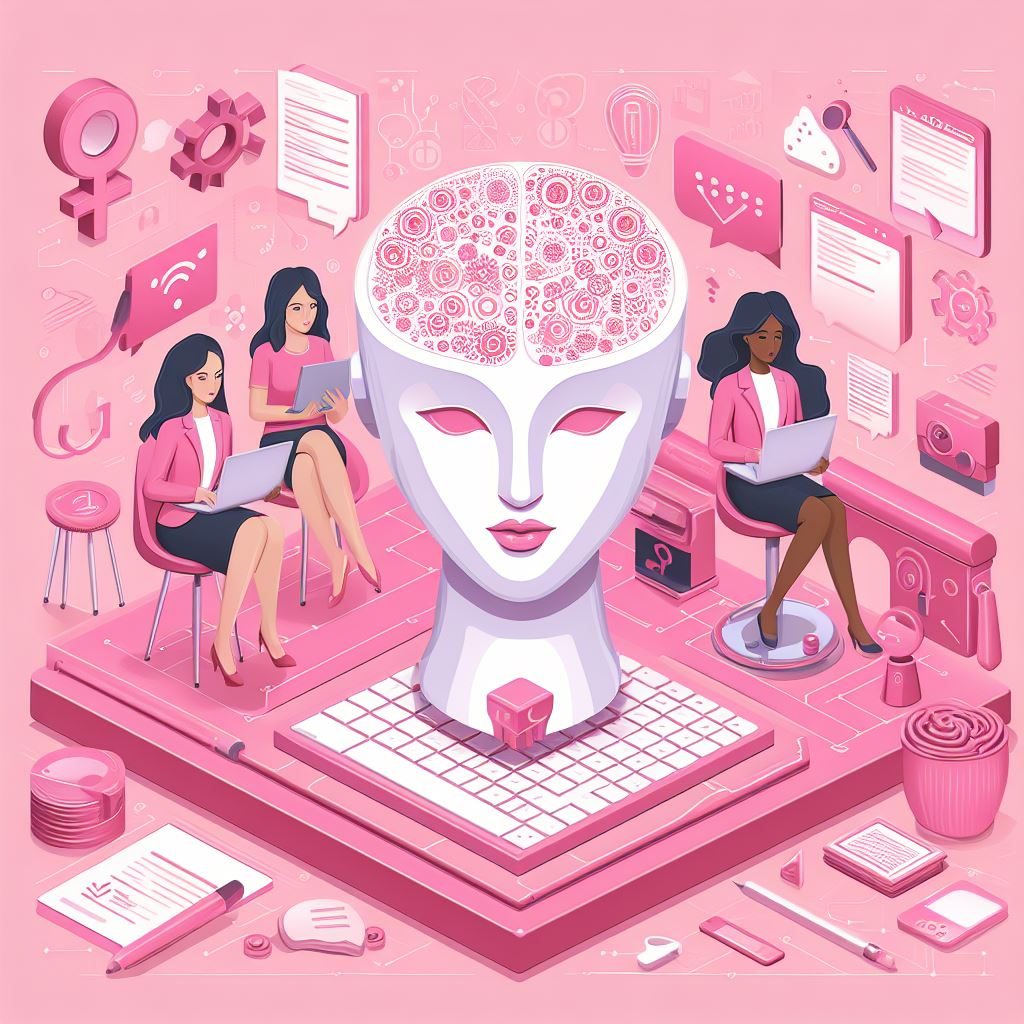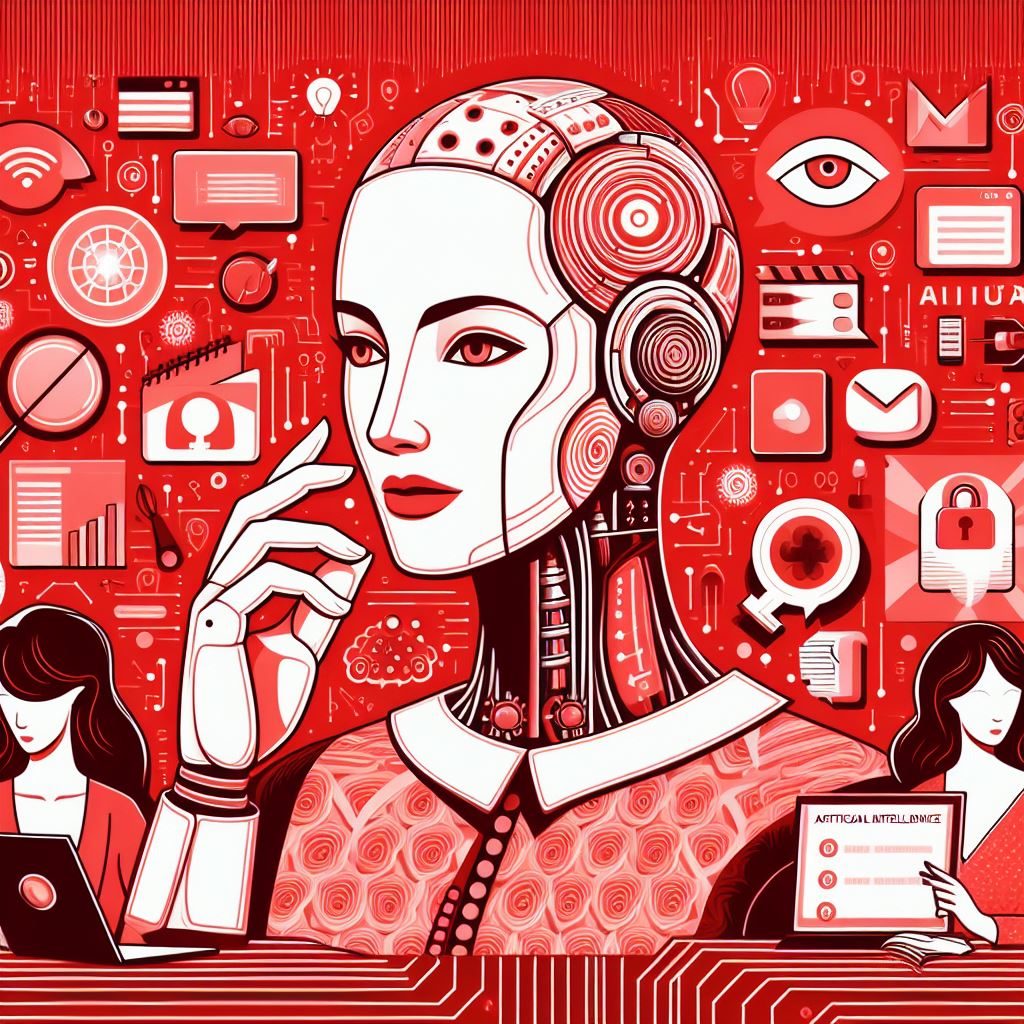Computer Vision Platforms
1. TensorFlow: Unleashing the Power of Deep Learning
- TensorFlow, developed by Google, is a versatile open-source platform that excels in computer vision applications. Its comprehensive library and flexible architecture make it a go-to choice for developing and deploying deep learning models for image recognition, object detection, and more.
2. OpenCV: The Swiss Army Knife of Computer Vision
- OpenCV (Open Source Computer Vision Library) is a robust and widely-used platform for computer vision tasks. Offering a plethora of tools and algorithms, OpenCV supports applications ranging from facial recognition to augmented reality, making it an essential resource for developers and researchers alike.
3. PyTorch: Dynamic Computational Graphs for Vision Tasks
- PyTorch, known for its dynamic computational graph approach, is gaining prominence in computer vision. With its intuitive interface and strong support for neural network implementations, PyTorch is empowering developers to create sophisticated vision models with ease.
4. Microsoft Azure Computer Vision: Cloud-Powered Visual Intelligence
- Microsoft Azure Computer Vision is a cloud-based service that brings the power of AI to visual data. With capabilities like image analysis, object detection, and OCR (Optical Character Recognition), it allows businesses to integrate advanced computer vision into their applications without the need for extensive infrastructure.
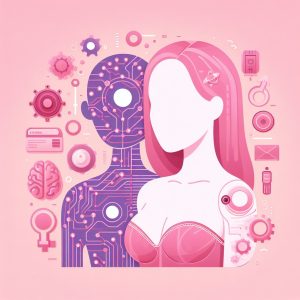
5. YOLO (You Only Look Once): Real-Time Object Detection
- YOLO is a groundbreaking object detection system that processes images in a single pass, enabling real-time detection of objects. With impressive speed and accuracy, YOLO is a crucial tool for applications such as video surveillance, autonomous vehicles, and robotics.
6. NVIDIA Clara: AI-Assisted Healthcare Imaging
- NVIDIA Clara is a specialized platform for medical imaging, combining AI and computer vision to advance healthcare diagnostics. It facilitates tasks like image segmentation, enabling precise analysis of medical images for improved diagnostics and treatment planning.
7. AWS Rekognition: Scalable Computer Vision in the Cloud
- Amazon Web Services’ Rekognition offers a scalable and fully managed solution for computer vision tasks. With features like facial analysis, object and scene detection, and text recognition, AWS Rekognition is a reliable choice for businesses looking to integrate computer vision capabilities into their applications.
8. Darknet: Framework for YOLO Implementation
- Darknet is the framework behind the YOLO algorithm, providing a fast and efficient implementation for real-time object detection. Its lightweight nature makes it suitable for resource-constrained environments, making it an ideal choice for various applications, including embedded systems.
These computer vision platforms showcase the diversity and sophistication of tools available to developers, researchers, and businesses. As visual data becomes increasingly integral to technology, these platforms play a pivotal role in shaping the future of image recognition, object detection, and the broader field of computer vision.

